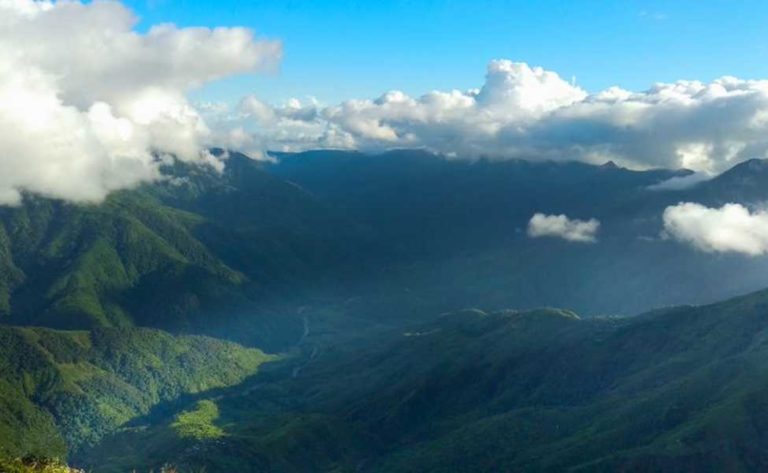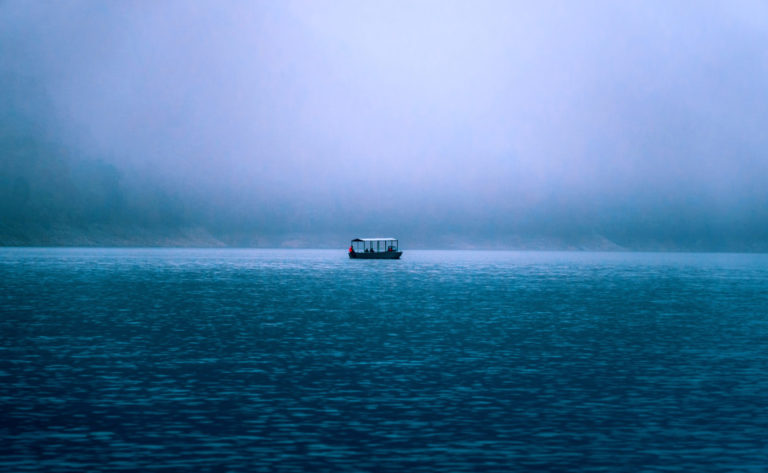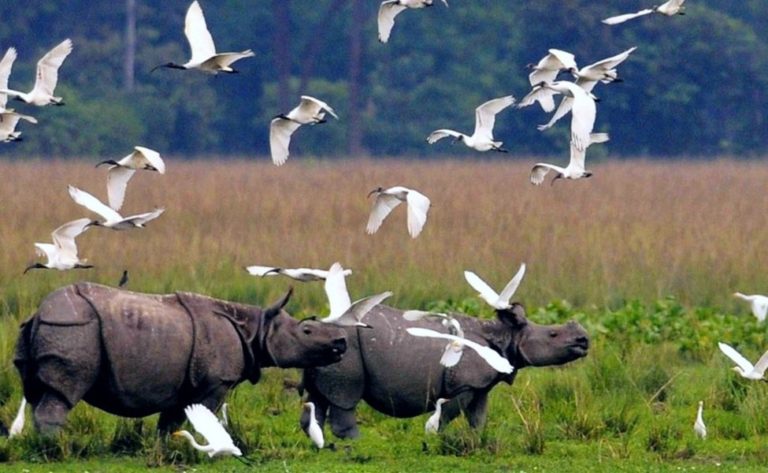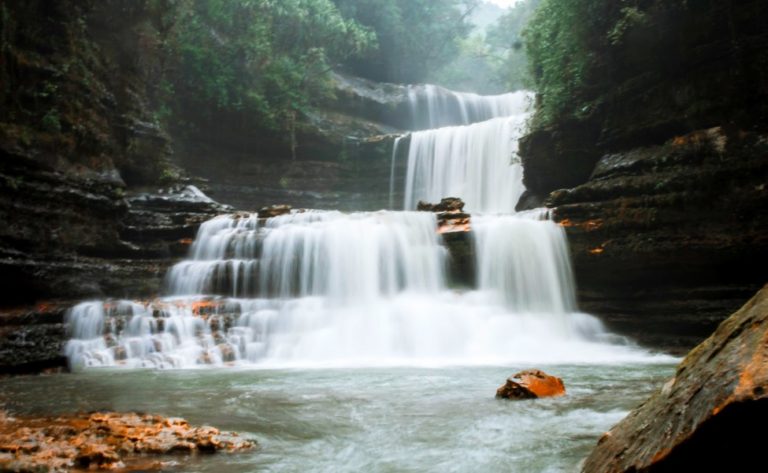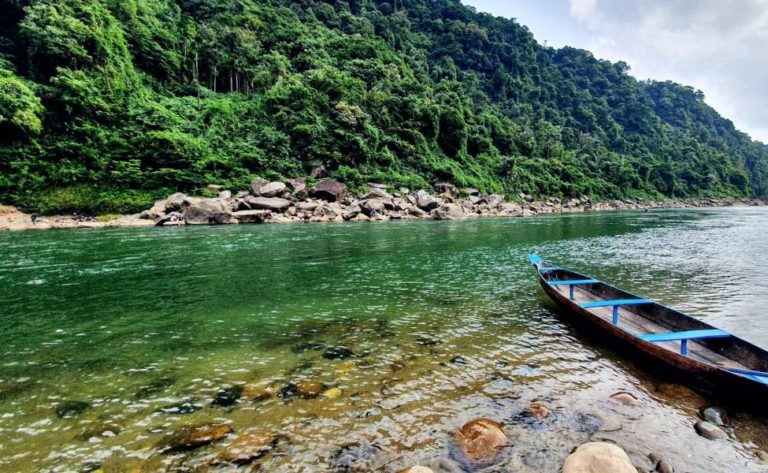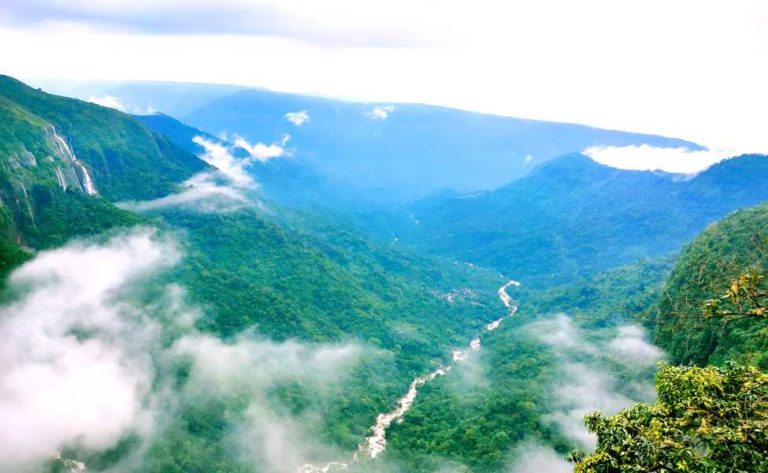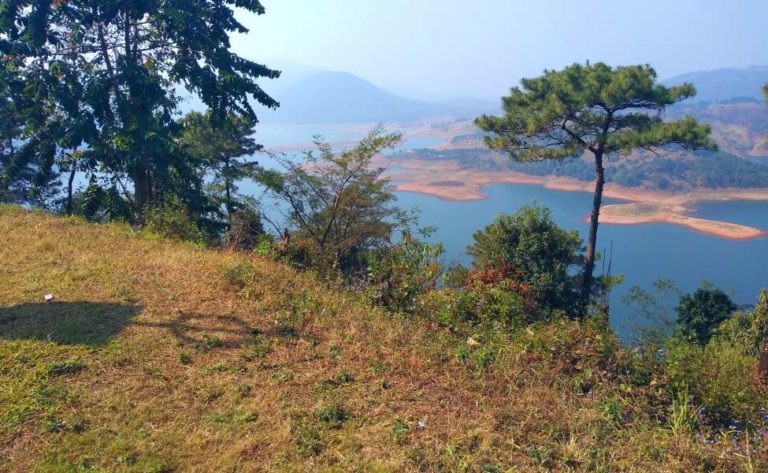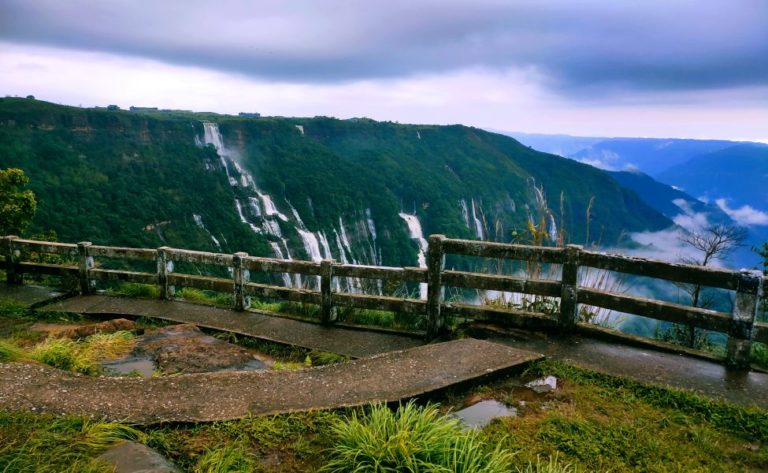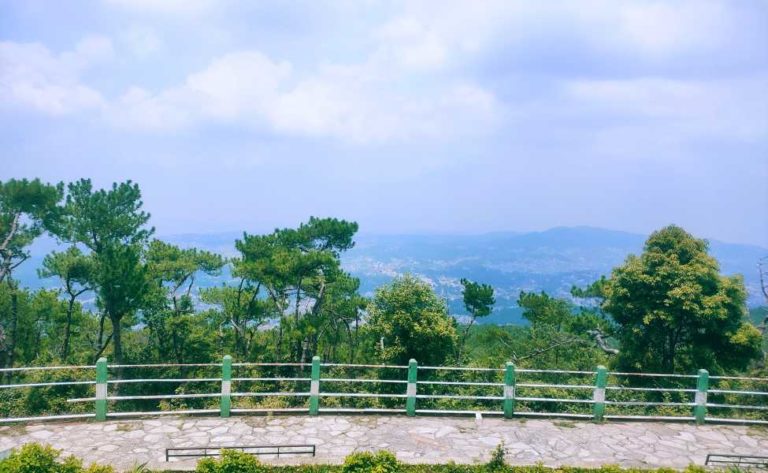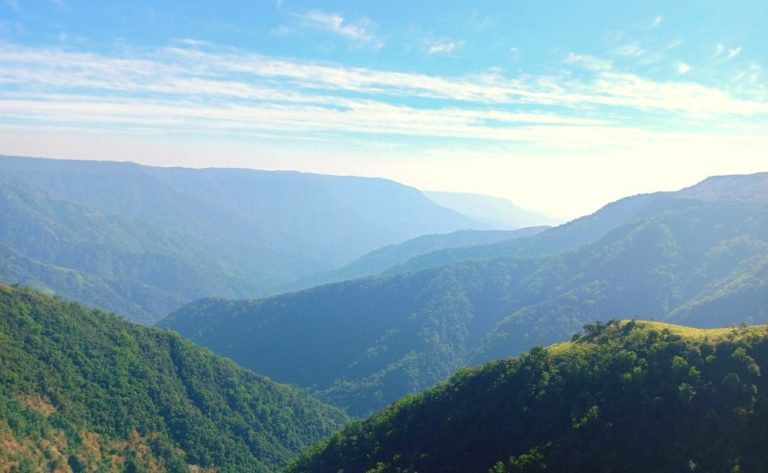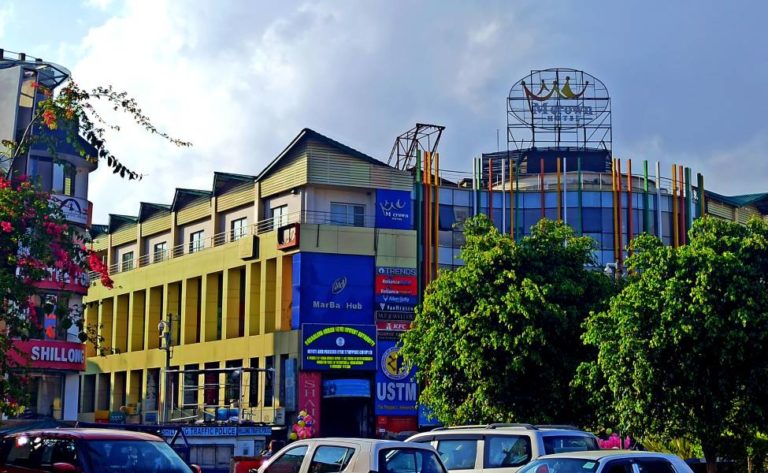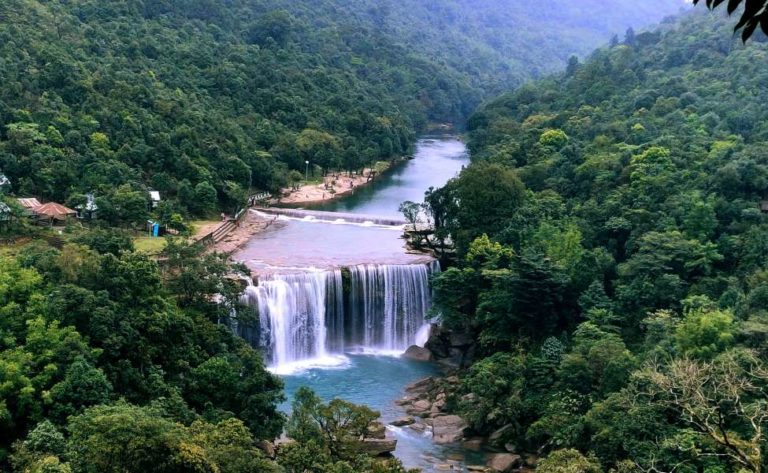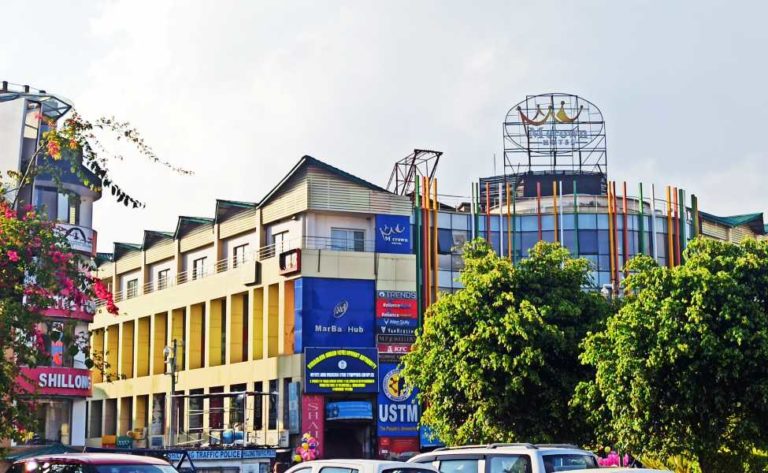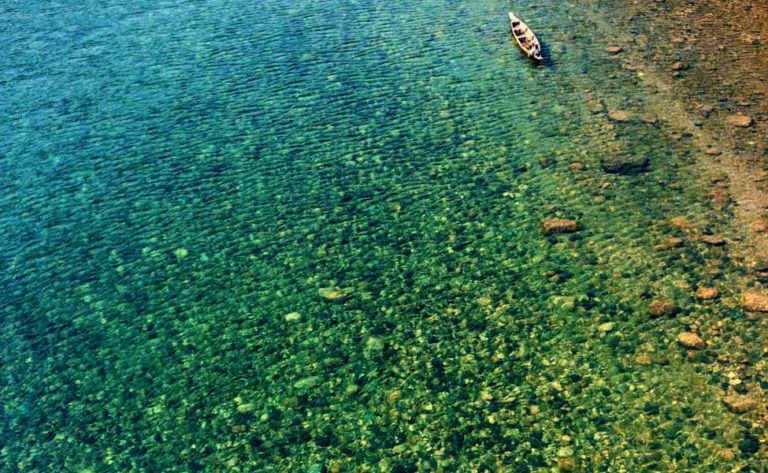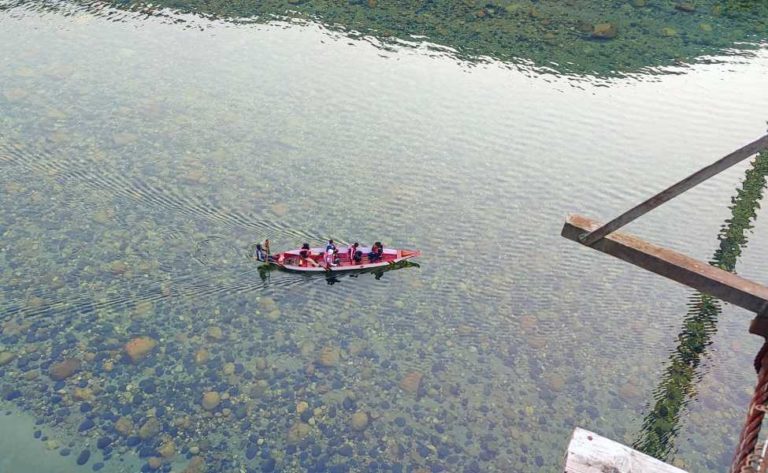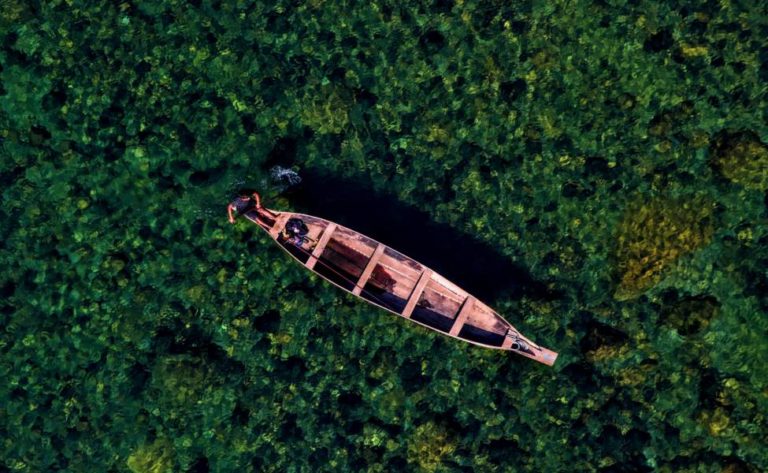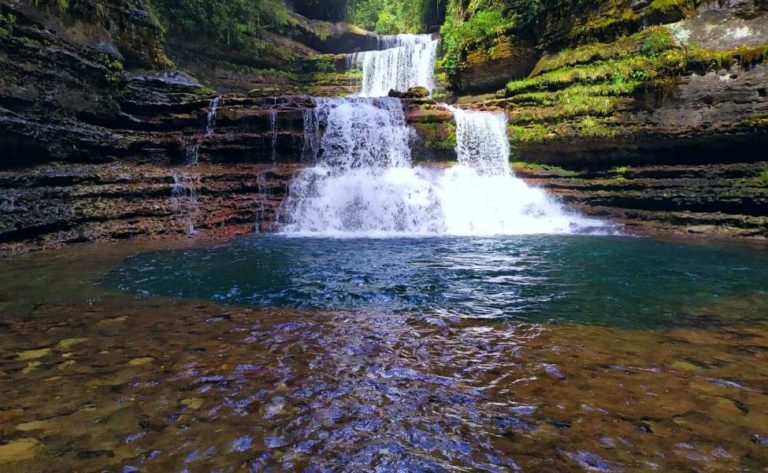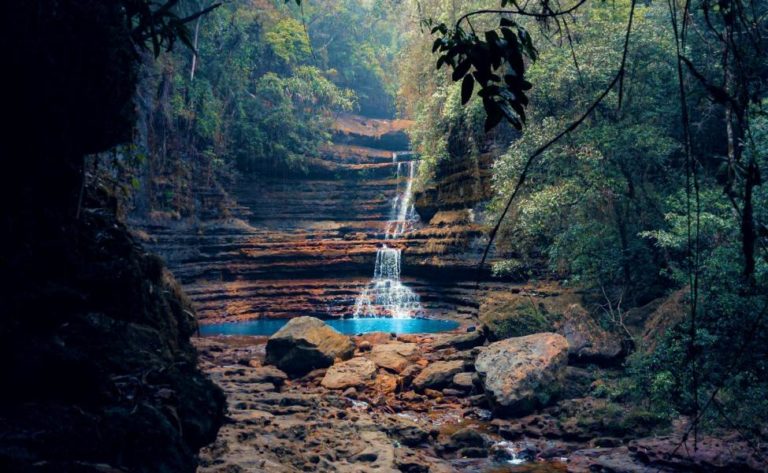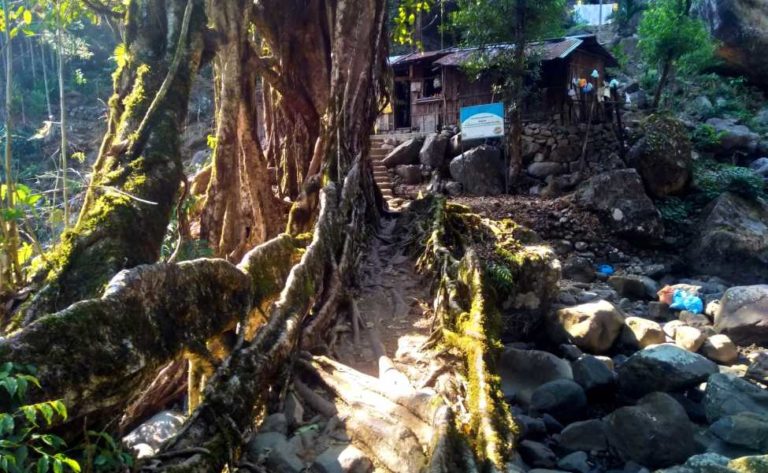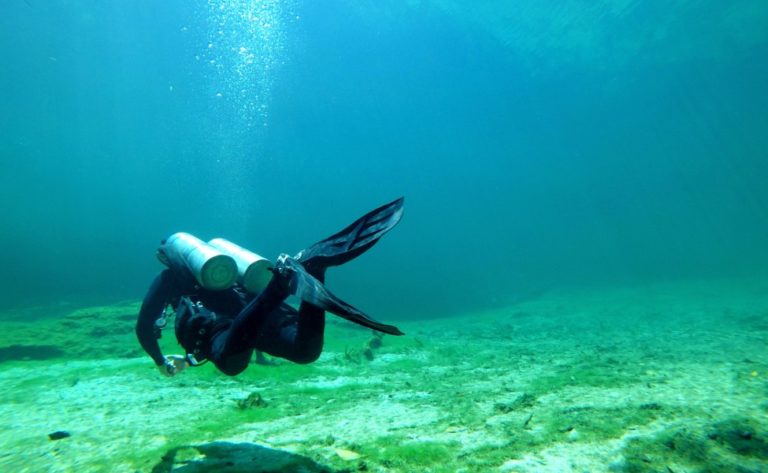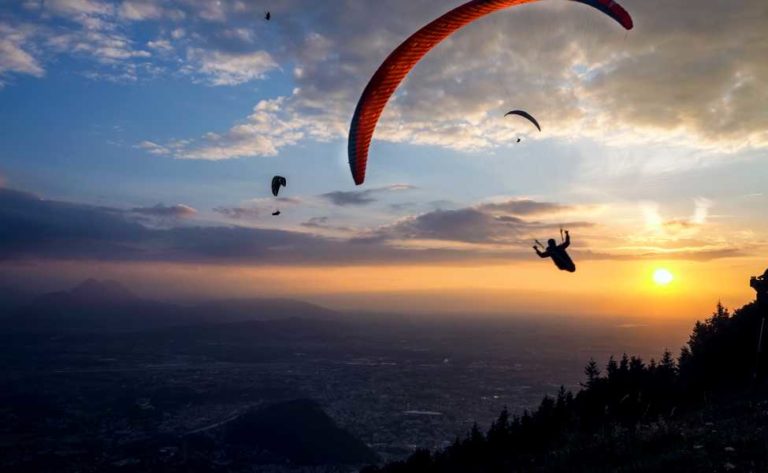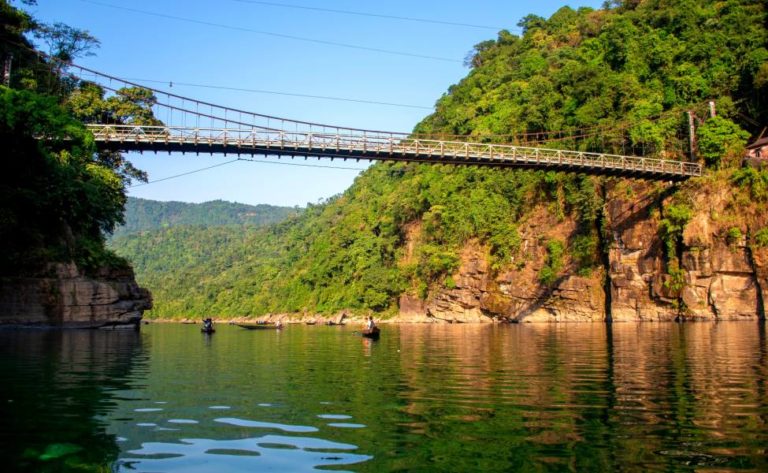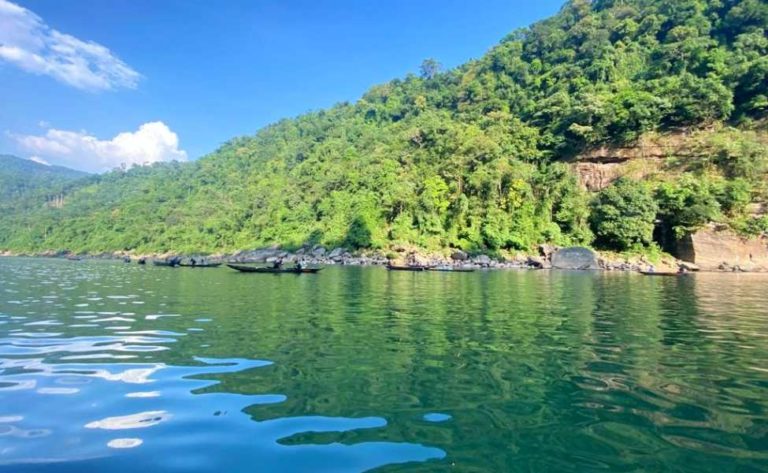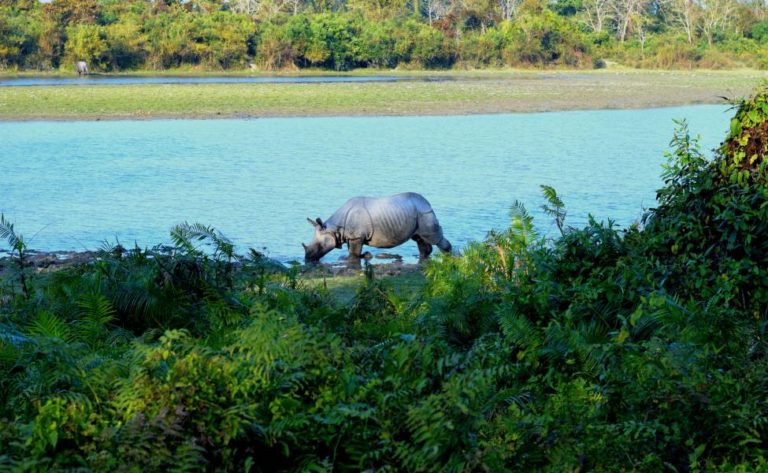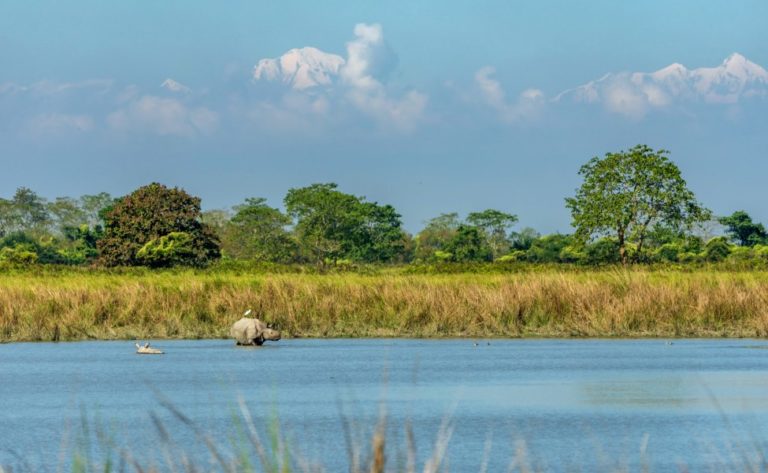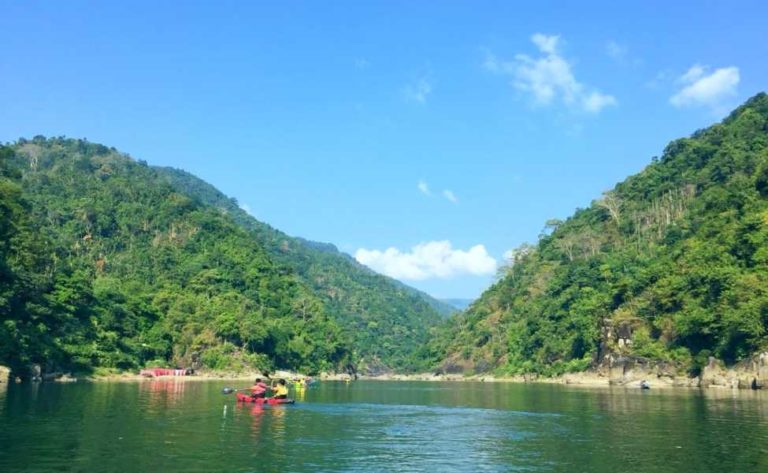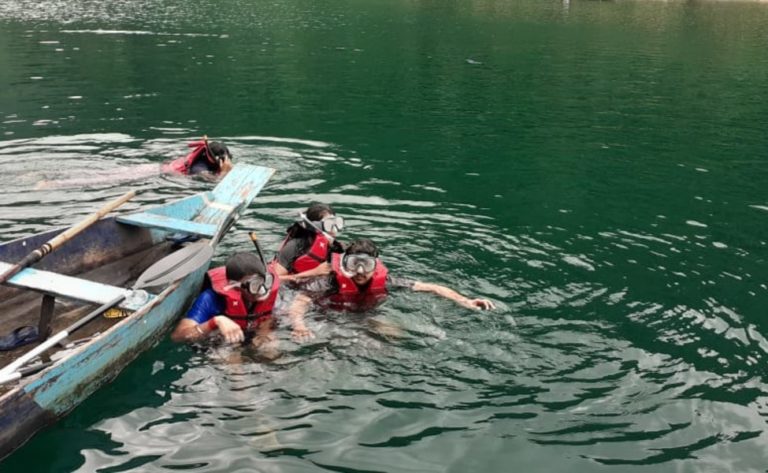
Places to visit in Jowai
Places to visit in Jowai
Krang Suri Falls
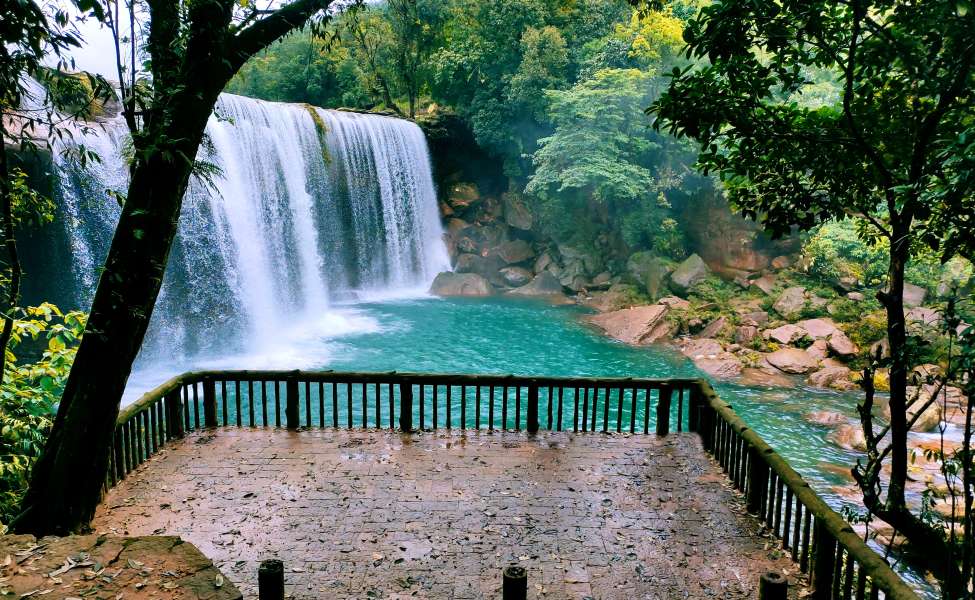
Anybody who enjoys the outdoors and adventure must visit Krang Suri Falls, which are a beautiful waterfall in the West Jaintia Hills region of Meghalaya, India. Krang Suri Falls, with its glistening waters, soaring cliffs, and verdant forests, gives a singular experience that is unmatched in the entire globe.The little town of Krang Suri, which is around 90 kilometres from Shillong, the capital of Meghalaya, is where you’ll find Krang Suri Waterfall. The falls are reachable by road, and guests may use a cab or their own car to get there.The magnificent Krang Suri Falls stream down from a height of around 100 feet, creating a gem pool at the base. Towering cliffs and verdant trees surround the pool, making for an excellent photo backdrop. Krang Suri Waterfall is a popular destination for bathing and bathing because of its purified water.Visitors to Krang Suri Falls have a choice of adventurous activities to choose from in addition to taking in the beauty of the falls. With various routes winding through hills and forests, the region is perfect for hiking and trekking.Winter, from November to February, is the ideal season to see Krang Suri Falls. Now is the perfect time to explore the waterfalls and the neighbourhood because the weather is cool and nice. The falls are also less busy at this time, giving tourists a more tranquil and pleasant experience.Due to the popularity of Krang Suri Falls as a tourist site, several amenities are offered to guests. Visitors may purchase food and drinks at a few small stores and restaurants that are situated close to the falls. In addition, a few modest lodging options are available for those who want to remain close to the location.Because the terrain might be rough and uneven, travelers to Krang Suri Falls must wear footwear that is both comfortable and robust. Visitors should also bring food and drinks with them because there aren’t many alternatives in the nearby stores. While diving in the pool, visitors should use caution since the water might be deep in certain spots.In the Meghalaya region of India, in the Eastern Khasi Hills district, is the natural marvel known as Umlawan Cave. For those who enjoy both nature and adventure, the cavern is a must-visit location since it provides a singular experience that is unequaled anyplace elsewhere in the world. Umlawan Cave is a trip into the heart of Meghalaya which you won’t soon forget because to its complicated network of tunnels, magnificent rock formations, and intriguing history.Shillong, the state capital of Meghalaya, is around 25 kilometres away from Umlawan Cave. The cave is reachable by road, and guests may use a cab or their own car to get there.
Nartiang Monoliths
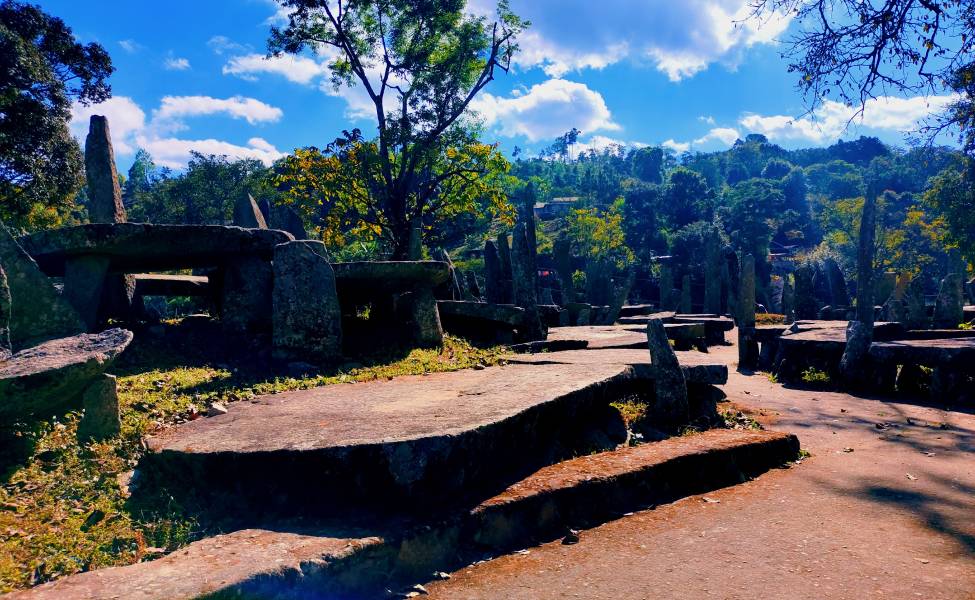
The impressive Nartiang Monoliths are a group of megaliths that are situated in the Jaintia Forest division of Meghalaya, India. They offer a window into the area’s ancient past. These stone monoliths, which date to the 16th and 17th centuries, are evidence of Meghalaya’s rich cultural past.The picturesque town of Nartiang, located approximately 65 kilometres from Meghalaya, the capital of Meghalaya, is where you may find the Nartiang Monoliths. Road access is available for anyone to reach the monoliths; they can take a cab or driving their own car.The beautiful group of about 50 megaliths known as the Nartiang Monoliths is located in the town of Nartiang. The monoliths are beautifully carved with patterns and symbols and range in height from a couple feet from over 20 feet. The red sandstone monoliths are said to have been created in the sixteenth century.The monoliths are indeed a symbol of Meghalaya’s rich cultural legacy and are said to have been built as grave markers. It is believed that the complex engravings on the monoliths symbolise the way of life the beliefs of the Meghalayan people at the time they were built.Visitors to Nartiang Monoliths have a selection of adventurous activities to choose from in addition to appreciating the ancient monoliths. With various routes winding and through hills and forests, the region is perfect for hiking and trekking. The surrounding town of Nartiang, which really is home to a lot of fascinating cultural monuments, is another option for visitors to explore.The winter season, which runs from November to February, is the ideal time to see the Nartiang Monoliths. Now is the perfect time to explore the property and the neighbourhood because the weather is mild and pleasant. The monoliths are also less busy at this time, giving tourists a more tranquil and calm experience.
Due to the popularity of the Nartiang Monoliths as a tourist attraction, several amenities are offered to guests. Visitors may purchase food and drinks at a few small stores and restaurants that are situated close to the monoliths. In addition, a few modest lodging options are available for those who want to remain close to the location.Because the terrain might be rough and uneven, travellers to Nartiang Monoliths must wear footwear that is both comfortable and robust. Visitors should also bring food and drinks with them because there aren’t many alternatives in the nearby stores.
Mawlynnong
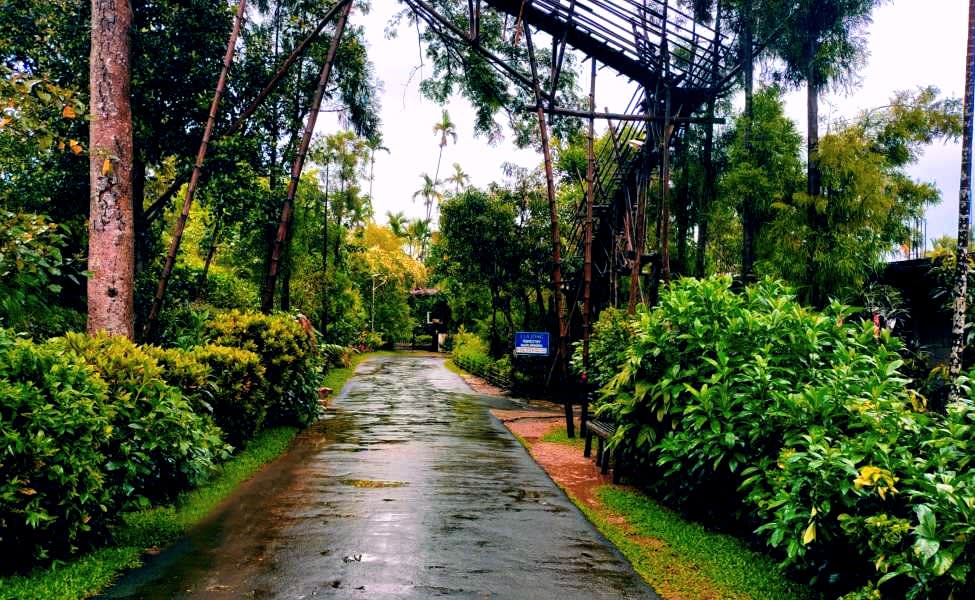
Mawlynnong is a charming hamlet found in the Meghalaya region of India’s East Khasi Hills. It is frequently referred to be the “neatest community in Asian” and has grown in popularity as a travel destination. The community is renowned for its unspoiled beauty, luxuriant vegetation, and eco-friendly practises.Mawlynnong’s cleanliness if one of its distinguishing qualities. The inhabitants of the village take great pleasure in keeping the community immaculate. Every Days, the streets are swept, and no rubbish is to be found. Visitors are urged to adopt eco-friendly habits, and the community has also outlawed the use fo plastic.
The community is renowned for its lovely gardens as well. Every residence in the town has a lawn, and they are all well-kept. The community has won several honours for its lovely gardens, which are full with vibrant flowers and plants.At Mawlynnong, one may find the well-known “living root bridges.” These are bridges constructed from rubber tree roots that have been intertwined to create a strong bridge. The bridges are a distinctive example of environmentally friendly building and may be seen in various locations throughout the hamlet.
The Sky Walk is one of Mawlynnong’s top attractions. This bamboo bridge gives breathtaking stunning views hills and woods as it crosses above the tree canopy. A prominent tourist attraction and must-see location in Mawlynnong is The Sky Walk.
Also, the area is home to a number of little eateries that serve traditional Khasi food. Visitors may enjoy the regional flavours because the meal is made using fresh, locally produced ingredients.Travelers seeking a tranquil retreat in the middle of nature have started to flock to Mawlynnong in recent years. Visitors may enjoy the warmth and diversity of the hamlet.In summary, Thadlaskein Lake is an unique marvel that was created as a result of the area’s distinctive geological features. The reservoir is a well-liked vacation spot that draws tourists from every corner of the world. It is a must-visit location for environment lovers and adventure seekers alike because to its pure water, picturesque scenery, and rich animals.
Tyrshi Falls
The captivating Tyrshi Falls are located in the Meghalaya region of India’s beautiful green highlands. One of the highest waterfalls in the state, it is a magnificent fountain that flows down from a height of around 500 feet. The falls are a must-visit location for nature lovers and thrill seekers alike since they are encircled by the tranquil grandeur of the Khasi Hills.In Meghalaya’s East Khasi Hills area, the scenic settlement of Sohra, often called Cherrapunji, is home to Tyrshi Falls. The falls are around 20 kilometres away from Sohra and are reachable by road. As the route meanders through Meghalaya’s undulating hills and verdant woods, the trip to the waterfalls is an experience in and of itself. To get to the falls, visitors may either take a cab or drive themselves.The sound of the tidal currents can be heard as tourists get closer to Tyrshi Falls. The falls are spectacular to see, with the water flowing down from of the summit of the mountain and enveloping the surroundings in a misty haze.At the viewing deck at the base of the falls, visitors may take in Tyrshi Falls’ full splendour. Visitors can fully comprehend the waterfall’s size thanks to the platform’s sightseeing tour of the waterfalls and the region. Also, the terrace is a well-liked location for photographs, with the falls serving as a
Visitors to Tyrshi Falls have a range of adventurous activities to choose from in addition to taking in the beautiful beauty of the area. With several routes winding and through hills and forests, the region near the falls is great for trekking and hiking. Also, guests are welcome to have a pleasant dip in the waterfall’s pristine pool.
Visitors who are feeling really daring might make an attempt at rappelling, an exhilarating pastime that entails plummeting down the waterfall’s face. For individuals who want to try this sport, there are qualified guides and equipment available The cascades are at their biggest and most majestic during this season, giving tourists a stunning spectacle. Visitors should use caution, though, since the region may become hazardous and slick during the rainy season.Now is the perfect season to go hiking and walking in the nearby hills because the weather is cool and nice.As a result of Tyrshi Falls’ popularity as a tourist site, a variety of amenities are offered to guests. Visitors may purchase food and drinks at a few small stores and restaurants that are situated close to the falls. In addition, a few modest lodging options are available for those who want to remain close to the falls.A natural wonder, Tyrshi Falls displays Meghalaya’s magnificent splendour. The waterfalls are a must-see location for anybody who appreciates the outdoors, adventure, and tranquilly.
The Umlawan Cave
A wonderful natural marvel that is said to be more than a million years old is Umlawan Cave. The cave is renowned for its complicated system of tunnels that are lined with beautiful stalactites, stalagmites, and rock formations. The cave’s beauty and charm are further enhanced by the presence of several subterranean waterfalls and lakes.Visitors to Umlawan Cave have a range of adventurous activities to choose from in addition to taking in the beauty of the location. The cave is perfect for spelunking and caving, and a number of tour companies provide walking tours of the cavern. The local hills and woods, which provide spectacular views of the surroundings, may also be explored by visitors. The history of Umlawan Cave is extensive and goes far back in time. The nearby Khasi tribes are thought to have utilised the cave as a refuge in periods of conflict and turmoil. The Brits also utilised the cave as a location to store supplies and munitions during World War Too. When touring the cave, visitors may still observe the remains of these past occurrences.The winter season, from November to February, is the ideal time to explore Umlawan Cave. Now is the perfect time to explore the cave and the region because the weather is cool and pleasant. Due to its popularity as a tourist site, Umlawan Cave offers a variety of amenities to its patrons. Around the cave, there are several little stores and cafés where guests may get food and drinks. In addition, a few modest lodging options are available for those who want to remain close to the location.
Jarain Pitcher Plant Lake
Northeastern India’s Meghalaya state, commonly known as the “abode of clouds,” is located to a number of the most breathtaking natural beauties in the world. The Jarain Pitcher Plant Pond, which is found in Meghalaya’s West Garo Hills area, is one such marvel. Due to its uncommon pitcher plants that thrive in and around it, as well as its distinct beauty, the pond is a true treasure that is steadily gaining recognition among travellers.The settlement of Jarain, located approximately 40 kilometres from Tura in Meghalaya, is where you’ll find the Jarain Pitch Plant Lake.The lake is reachable by road, and guests may take a cab or travel by car to get there. The route to the lake is beautiful, offering breath-taking views of the hills and woodlands in the area.
A little, charming lake, The Jarain Pitcher Plant Lake is encircled by forested hills and hills. One of the biggest types of pitcher plants in the world, the lake is renowned for the unusual pitcher plants that thrive in and around it. Because they are carnivorous, the plants eat insects and other tiny creatures that end up in their traps.
Visitors may participate in a range of adventurous activities while visiting the location in addition to appreciating the lake’s natural beauty. With a variety of bird species that may be seen in the nearby trees, the lake is great for birding.Being a relatively new tourist site, Jarain Pitcher Plant Lake has few guest amenities. Visitors may purchase snacks and drinks at a few small stores and restaurants that are situated close to the lake. In addition, a few modest lodging options are available for those who want to remain close to the location.
Syntu Ksiar
In the Khasi Hills of Shillong, India, there is a natural and cultural marvel called Syntu Ksiar, also called the Living Root Bridge. The Ficus elastica tree’s roots are taught to develop across a stream or river, forming a bridge that is strong and long-lasting. This is a rare example of bioengineering. The Khasi tribe, who have been using this method to create footbridge and other structures for generations, are represented by the bridge as examples of their creativity and ability.The building of the Living Root Bridge is a difficult procedure that calls for perseverance and ability. The Ficus elastica tree’s roots are trained to bridge a stream or river, where they are let to develop and entwine over a long period of time. The roots are progressively added to and shaped into the bridge to create a strong and long-lasting structure that can hold both the weight of people and animals.Being totally made of natural materials and supported by the environment, the Living Root Bridge is a singular example of sustainable building. The bridge is a popular tourists destination that allows tourists from all over the world to witness the creativity and beauty of the Khasi people. Also, the footbridge is a significant source of revenue for the neighbourhood as tourists frequently buy trinkets and other things from the adjacent towns.Whether taking a tour with a guide or going on their own, visitors to Syntu Ksiar may discover the Living Root Bridge’s beauty and cultural significance. The bridge is situated in the Meghalayan town of Mawlynnong, about 90 kilometres from Shillong. The location is accessible by cab or self-drive, and a number of lodging options and dining establishments are close by.
Stone Bridge
A bridge type that has been utilized for many years is a stone bridge, and so many engineers and architects still choose this form of bridge design today. These bridges are totally composed of stone and frequently built to survive weather conditions and the passage of time. Stone bridges may be discovered around the globe and have greatly aided in the growth of trade and transportation.Stone bridges were first constructed in antiquity, including the Romans bridges of roman Times, which were constructed approximately 300 BCE. These bridges, which sustain the load of both people and cars, were constructed utilising arches and columns.Engineers started experimenting with various sizes and shapes as the architecture of stone bridges changed throughout time. Some stone bridges featured several arches, whereas others had just one substantial arch. The location, needed span, and material availability were frequently taken into consideration when designing the bridge.The Ponte Vecchio in Florentine, Italy, is one of the most well-known stone bridges on earth. This 1345-built bridge is still in service today. The bridge, which crosses the Arno River, is entirely composed of stone. There are still stores and booths along the banks of the bridge since it was first built to assist merchants and traders who sold their things there.The Charles Bridge in Prague, Czech Republic, is another well-known stone bridge. This bridge crosses the Vltava River and was constructed in the fourteenth century. Saint sculptures flank the bridge, which is a well-liked tourist attraction.The Ponte Vecchio in Florence, Italy, is one of the most well-known stone bridges in the world. This 1345-built bridge is still in service today. The bridge, which crosses the Arno River, is entirely composed of stone. There are still stores and booths along the edges of the bridge since it was first built to assist businessmen and merchants who sold their things there.Engineers started experimenting with various sizes and shapes as the architecture of stone bridges changed throughout time. Some stone bridges featured several arches, whereas others had just one substantial arch. The Location, needed span, and material availability were frequently taken into consideration when designing the bridge.The strength and lifespan of the bridge are two benefits of contructing one out of stone. Stone is an enduring substance that can survive the effects of weather and high traffic. Stone bridges may enhance the aesthetics of a place and are also visually pleasant.
Thadlaskein Lake
The West Provided with sufficient information Hills region of Meghalaya, India, is home to the stunning Thadlaskein Lake. The lake, one of the most well-liked tourist attractions in the area, is located in a tranquil valley enclosed by lush green hills. A natural wonder, Thadlaskein Lake was created as a result of the area’s distinctive geological characteristics.A labyrinth of limestone caves is said to have collapsed, creating the lake. The limestone that makes up the hills that surround the lake is a permeable rock that can eventually dissolve in water. Cavities are formed underground as a result of water penetrating into the earth and dissolving the limestone.These caverns may eventually collapse under the weight of the surrounding rock, forming sinkholes. Similar processes are thought to have contributed to the formation of ThadlaskeinLake, which was formed when the collapse of a limestone cave system left a sizable ground depression that subsequently filled with precipitation. The lake has no apparent outlet and is nourished by several little streams that enter it.For the nearby towns, Thadlaskein Lake is a significant supply of drinking water. The reservoir is a well-liked location for fishing, and the hills in the area are littered with little fishing towns. Fishing, boating, and simply taking in the natural beauty of the hills around the lake are all options for visitors.The monsoon season is one of the greatest seasons to visit Thadlaskein Lake. During this period, the area experiences intense rainfall that fills the lake to the brim and produces a breathtaking waterfall. The waterfall is a wonderful sight to see as it flows down the slopes.There are many plants and animals living around the lake, which is bordered by thick woods. The hills that surround the lake are heavily forested with reeds, orchids, and other tropical flora. There are many different animals that live in the forests, such as chimpanzees, rabbits, and birds.Thadlaskein Lake has grown to be a well-known tourist attraction in recent years, drawing tourists from every corner of the world. Multiple resorts and guest homes nearby, and the lake is easily reachable by car. Moreover, tours of the forests and hills nearby are available for tourists.In summary, Thadlaskein Lake is a beautiful marvel that was created as a result of the area’s distinctive geological features. The lake is a well-liked vacation spot that draws tourists from every corner of the globe. It is a must-visit location for environment lovers and adventure seekers alike because to its pure water, picturesque scenery, and rich animals.
Lalong Park
Shillong, the capital of Meghalaya, India, is home to Lalong Park, a stunning public park. The playground is a well-liked hangout for both locals and visitors and provides a tranquil haven from the city’s bustle.The park has a total size of about 8 metres and is surrounded by luxuriant vegetation, vibrant flowers, and tall trees. The grounds in the well-kept park are ideal for picnicking, jogging, or just lounging.
The musical fountain is one of Lalong Park’s key draws. The waterfall is a stunning sight to see, and since it plays music along with its movements, it is a must-see site.
A sizable playground is another feature of the park and is a favourite hangout for kids. Children may burn off a few energy on the playground, which has rockers, slide, and other play structures.There are a number of walking pathways that wind through Lalong Park. These pathways are ideal for individuals who wish to take a calm breaks from the bustle of the city and enjoy a quiet jog or walk.
Birdwatchers and environment lovers will appreciate time to spend in the park because it is habitat to several birds and butterfly species. Several different fish species may be found in the park’s pond, and tourists frequently witness residents fishing there.The stadium is a well-liked location for festivals and cultural activities. Visitors may frequently see a live performance while they are there because the park’s amphitheatre is an excellent locations for concerts and events.Lalong Park is close to a number of other well-known tourist attractions in Shillong, such as the Ward’s Lake, the Don Bosco Institute, and the Shillong Golf Course. Lalong Park may easily be visited in conjunction with trips to these other locations by park visitors.Lalong Park is a stunning public park located in the centre of Shillong. The park, which has a melodic fountain, a sandbox, and a number of walking routes, provides a tranquil haven from the city. The park is a must-visit location for nature enthusiasts and families because of its lush vegetation, vibrant flowers, and diverse fauna. It is a wonderful place to come when you want to unwind in Shillong.
Travel Guides
Weather in Jowai
The Ponte Vecchio near Florentine, Italy, is one of the most well-known stone bridges on earth. This 1345-built bridge is still in service today. The bridge, which crosses the Arno River, is entirely composed of stone. There are still stores and booths along the banks of the bridge since it was first built to assist merchants and traders who sold their things here.
The Charles Bridges in Prague, Czech Republic, is another well-known stone bridge. This bridge crosses the Vltava River and was constructed in the fourteenth century. Saint sculptures flank the bridge, which is a well-liked tourist attraction.
Temperatures typically range between 10°C to 15°C throughout the cold and pleasant winter months of October through February. The greatest time of year to visit Jowai is during the winter, when the weather is ideal for outdoor pursuits like hiking and tourism.
The trees and hills in the area around Jowai have an impact on the weather there. The hills and woodlands that surround Jowai, which is at a height of 1380 metres above sea level, assist to control the local climate and humidity levels. Tourists to the town may embark on ecological walks and birding trips, and the woodlands around Jowai are filled with an array of flora and animals.
The annual Wangala Festival, which is held in November, is another popular event in Jowai. The event is a harvest celebration, and the inhabitants take great pleasure in celebrating it. The festival is a wonderful opportunity to learn about the customs and culture of the area and is characterised by folk dance and music.
Jowai is a famous tourist destination because of its great weather and stunning scenery. Visitors to Jowai may discover the town’s extensive cultural history, explore the adjacent caves and waterfalls, and take in the coola, pleas. With several hiking paths and camping areas in the nearby hills, the town is a perfect place for adventure seekers.
Frequently Asked Questions
The Tyrshi Waterfall, Nartiang Monoliths, Syntu Ksiar, Ialong Park, and the yearly Wangala Festival are among of the well-known tourist destinations in Jowai.
The Garo tribe in Assam celebrates the Wangala Festival as a harvest festival. It is observed every November and is highlighted with customary music and dance.
Visit the neighbouring waterfalls and caverns, go on ecological walks and birding excursions, and engage in outdoor pursuits like hiking and camping as well as learn about the city’s rich cultural legacy.
The Garo and Jaintia cultures have an impact on the local cuisine of Jowai, which includes delicacies like Jadoh, Dohkhlieh, Tungrymbai, and Pukhlein.
Jowai is generally considered a safe destination for tourists. However, it is always advisable to exercise caution and be aware of your surroundings while traveling.
The primary mode of transportation in Jowai is by road. Taxis and buses are available for local travel, and private cars can also be rented for sightseeing.
Some nearby destinations that can be visited from Jowai include Shillong, Cherrapunji, and Dawki. These destinations offer a unique travel experience with their natural beauty and cultural heritage.
Khasi is the most common language used in Jowai, following by Garo and English.
The Indian rupee is the denomination used in Jowai and the rest of the country (INR).
When visiting Jowai, visitors should dress modestly, particularly when touring religious or cultural places. During sightseeing, it is also important to put on comfortable clothing and footwear.

